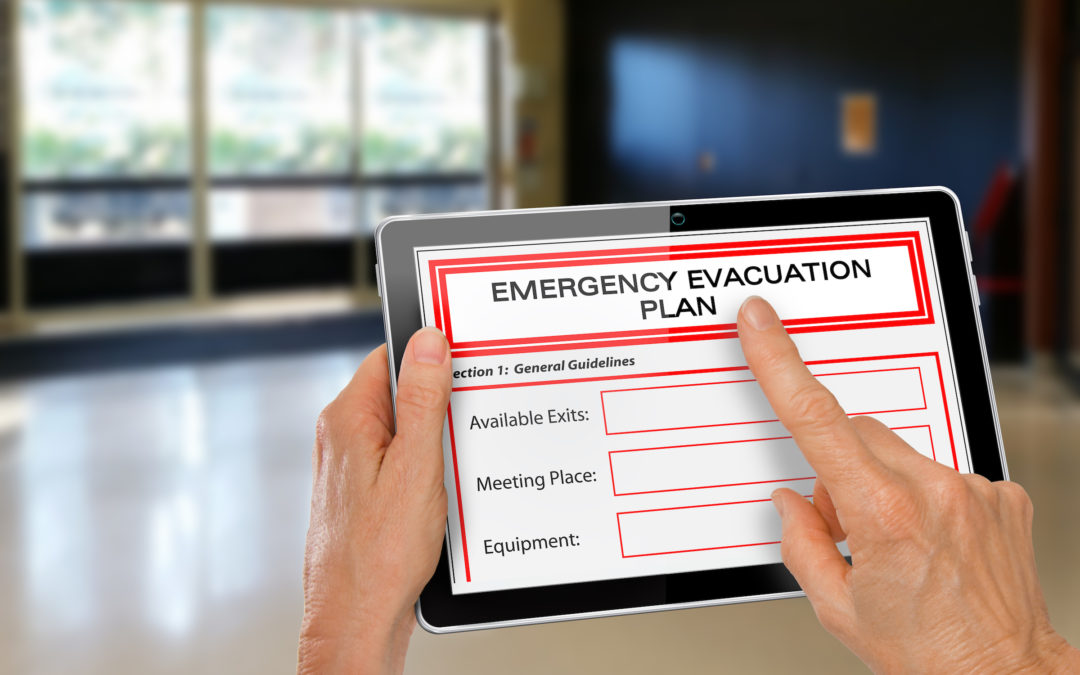ISRI-ISEC Webinar
Ken Kunze – Former Incident Commander of the Ft. Wayne, IN Fire Department
There’s been an increase in fires in the Recycling Industry in the last few years. Employees prevent fires, not management, and attitude plays a big part. Every employee must be familiar with your Fire Prevention and Management Plan so they are engaged in all stages. Ask them how you can make their workplace safer! It’s important to get ahead of the problem and that starts with inbound control and the employees who are part of that process. Keep dangerous materials and petroleum products out of the yard. Fires in your yard cause higher insurance premiums, lost lives, and lost jobs, plus, they tie up resources and take them away from others in the community.
The main principles that the any effective fire prevention plan should include are:
- The plan should be designed specifically to the site, not a general one.
- All potential major hazards of fire should be identified, like fuel containers and piles of flammable substances.
- Identify the best practices that can be applied in place to isolate all these hazards from ignition sources (heat or electricity)
- Engage all staff in sufficient training to develop their response to the incident/accident circumstances.
- It is recommended to review the site fire prevention plan with the experts in the local fire fighting department.
- Plan and practice emergency action procedures.
ISRI provides a guidance document on fire prevention but it’s just a roadmap, not a complete plan. They also provide one-on-one training and site visits to help you develop or refine your Fire Prevention and Management Plan. There’s no downside to these site visits. You can walk around with a fresh set of eyes, identify risks, and then you’ll know what you don’t know so you can make changes, whether to the Plan, the facility, or both. For instance, there should be no large containers of fuel onsite and fuel containers must not come in contact with ignition sources.
If there is a fire, it’s important to put it out early, while it’s still in the incipient stage. In addition to preventing fires, keeping them from spreading can save lives, property, and make it safer for fire fighters when they arrive onsite. Develop an Emergency Exit Plan, train your employees on it, and have fire drills. Ensure employees know where all the fire extinguishers are located and how to use them. Your local Fire Department or Life Safety Code experts (folks who install fire alarm systems, sprinkler systems, etc.) are good resources to engage in providing your employees with some hands-on training with fire extinguishers.
Remember to RACE!
Remove victims
Alert 911
Confine the fire – move flammable materials away from the fire
Extinguishers – have the right extinguishers for the kind of fire that might happen at your facility


Recent Comments